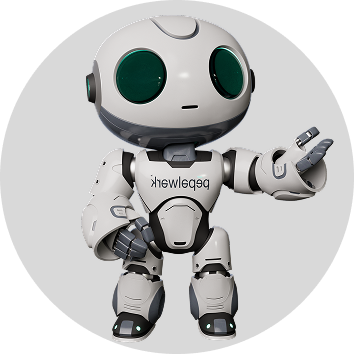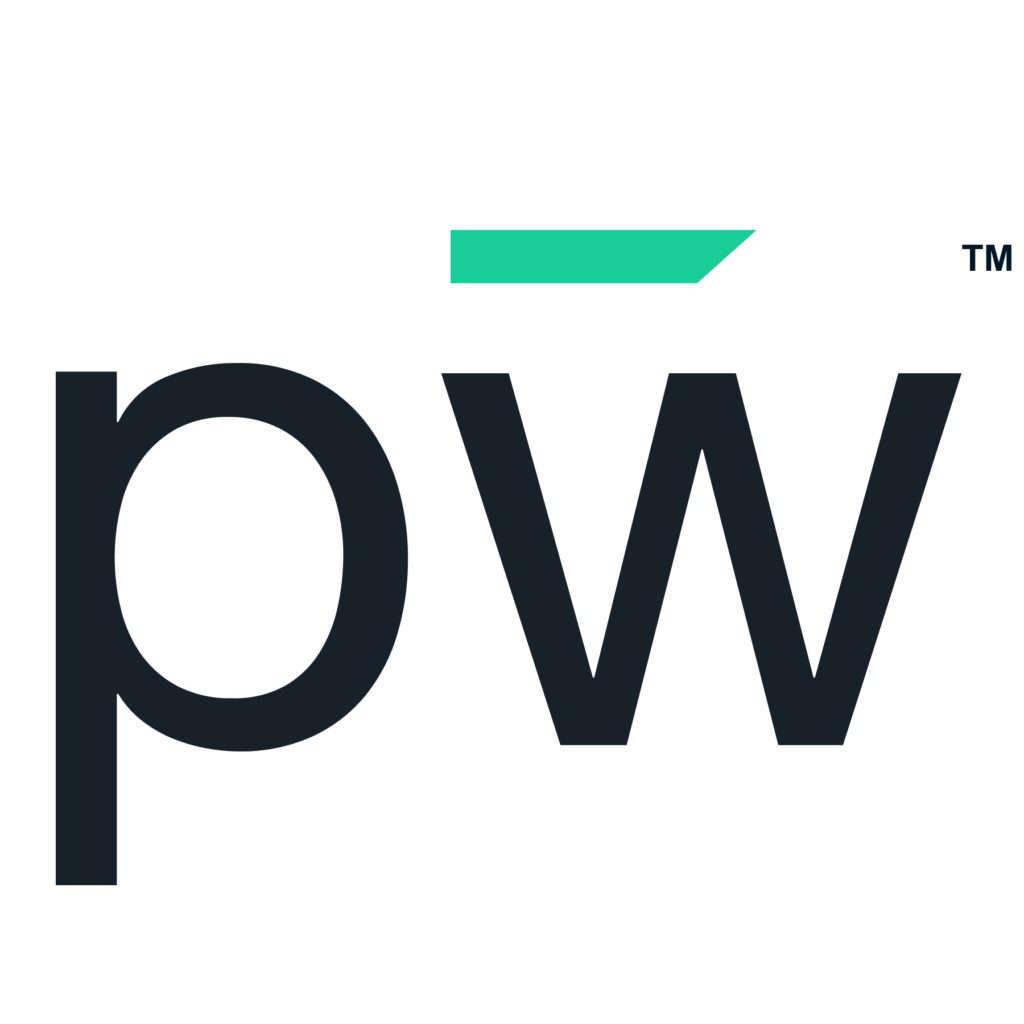Talent acquisition is at a pivotal moment as Gen Z enters the workforce and boomers leave. As a result, your workforce-building strategies and development plans will require a refresh. As you begin to reassess how you’re recruiting and retaining employees, you’ll need to understand the stark differences in these generations relating to their expectations, attitudes and productivity.
In just a few years, Gen Zers will become a larger part of the workforce. Planning for this now is smart as you go into rebuilding mode. Let’s look at the differences and attributes you should keep top of mind as you evolve.
Why do these generations have such differences in productivity?
As you start rethinking talent acquisition, you should first examine productivity differences between the generations.
There weren’t many career path options available for boomers, especially women, when they entered the workforce. The process was very regimented. Either they went to college with a focus on a specific job, learned a trade or started work right after high school. Many stayed with the same company for most of their career, receiving wage increases and opportunities for advancement. Because they weren’t job-hopping, they were able to improve productivity.
Gen Z has a reputation for changing jobs — although many are just entering the workforce. A survey of U.S. students found that Gen Z could change jobs up to 10 times between the ages of 18-34. This generation also greatly emphasizes flexibility and work-life balance, which 42% prioritize over other job perks.
How does this impact productivity?
Gen Z isn’t willing to sacrifice their physical or mental health to get the job done. They also live less structured lives. It’s wrong to call them “lazy” or “entitled.” The key to improving their productivity is to focus on finding people with specific attributes and redefining talent acquisition.
Access to automation and better technology help Gen Z be more productive.
One of the most pivotal parts of reevaluating talent acquisition is looking at how people work. Technology weaves into almost every aspect of a job and typically improves productivity and efficiency. Boomers didn’t have today’s vast technology at the beginning of their careers, but now, it’s a necessity.
In fact, 70% of Gen Z workers said they would switch jobs if they had access to better productivity tools. They aren’t going to jump through hoops and find workarounds when they know technology can streamline and automate many things.
In addition to providing these tools to make jobs more attractive, you should revisit how you qualify people for your positions and what attributes are important for your future workforce.
Finding what motivates Gen Z is key to the new era of talent acquisition.
Gen Zers and boomers are also motivated by different things, and every person also has their own unique motivators. These might be money, community, acknowledgment, love of the work itself or value alignment.
For decades, many viewed work as a transaction. They were motivated to work simply by the money they would earn. These older generations also weren’t as concerned about a company’s culture and values.
Gen Zers have a distinct perspective. They want to be heard and valued and do meaningful work. They care about company culture and an organization’s values. They also expect to earn a living wage and have flexibility and autonomy.
If workplaces don't pivot to embrace these motivations, they won’t look attractive to Gen Z candidates. Even if they accept a role, they may not stay long if leaders disregard these motivations. Gen Zers know they don’t have to “settle” for a toxic workplace.
What matters to and motivates them directly correlates to their attitudes. You may think of attitude as black and white: positive or negative. It's really much grayer — especially for Gen Z. Research about attitudes at work found that Gen Z has more concern about stability. Still, they were more optimistic than the average American overall.
This group has been through some disruptive experiences in their short lives, which have shaped their attitudes about life and work. A prevailing sentiment is that they want both a healthy personal life and a rewarding career.
Uncovering their true attitudes requires understanding their motivations, worries and long-term goals. If you connect with them on these levels, productivity and engagement soar. You can do this with performance- and skills-based hiring.
Put productivity in the spotlight with performance- and skills-based hiring.
Performance- and skills-based hiring offer a new framework for finding the right candidates with skills and character. Your talent acquisition efforts should involve both.
Watch the video below to see why.
What are these frameworks?
Performance-based hiring is based on the principle that a job’s performance objectives should define its description, and a candidate’s competency and motivation to meet these should determine who you hire. It’s not about having a list of skills or requirements, so it enables you to broaden the pool of who you believe to be qualified. Its benefits include supporting organizational goals, improving the quality of hires and creating a more diverse workplace.
Skills-based hiring is another shift from traditional recruitment. Instead of focusing on education, credentials or experience, a skills-based approach helps you find people with the right abilities, aptitudes and attitudes for the job.
Combining these two frameworks ensures you have more visibility into a person beyond what’s on their resume. It can also help you avoid paper tigers: people who look great on paper but don’t have the characteristics to perform.
You can use these approaches in your updated talent acquisition strategies to meet the needs and requirements of Gen Z. As you do this, you’ll also want to adapt how you measure success with revised key performance indicators (KPIs).
One key tool you’ll need on this journey is a skills-to-job-matching platform, such as pepelwerk. Our people-centric technology supports performance- and skills-based hiring and allows you to track KPIs. It’s a new and innovative approach to recruitment that leverages artificial intelligence and machine learning algorithms to match talent profiles with job profiles.
Learn more about what we do and how our solutions support building your new workforce with a new generation by attending one of our events.










